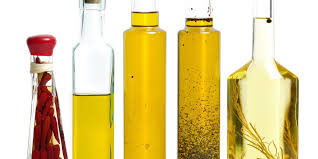
The Chemistry Of Healthy Cooking Oils – Knowing The Difference
Contrary to popular opinions, recent researches have proven that cooking oils are good for health.
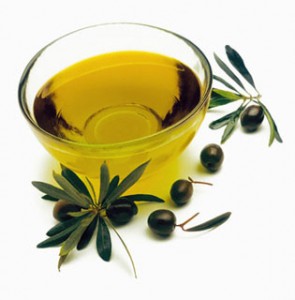
With a slew of articles on the internet often contradictory, it is a bedlam of opinions on which cooking oil is good and which is not.
While no two cooking oils are similar, having a basic idea about them would help you to choose better.
The deciding factor in using good cooking oil is whether it is optimal for high heat cooking or salad dressings only.
Cooking oils with high smoke point are good for frying and high heating and those with low smoke point are good for medium to light cooking like stir frying, sautéing, dressing etc.
How do I decide then which cooking oil to choose?
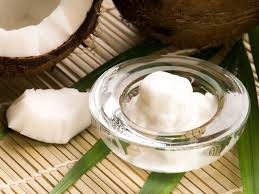
Depending upon the amount of quantity in which they are used, their smoke point, taste, combination of Omega 3 and 6, fatty acids and zero trans fat, there are a whole range of cooking oils available in supermarkets.
Trans fat and saturated fat are the bad/harmful fats which raise the level of LDL (bad) cholesterol leading to obesity and heart diseases.
Hydrogenated or Partially hydrogenated oils/fats/shortenings are major sources of these bad fats hence avoid these at all costs.
However, mono and polyunsaturated fats are the good/beneficial fats which raise the level of HDL (good) cholesterol keeping health and heart happy.
A lot of cooking oils used these days are loaded with good fats and are recommended for a wholesome diet.
Which are the healthy cooking oils?
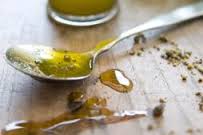
The Health Promotion Board of Singapore government lists the following oils in the category of healthy oils:
- Polyunsaturated Omega 3 loaded oils- walnut oil, soybean oil and canola oil
- Polyunsaturated Omega 6 loaded oils- corn oil, sunflower oil and soybean oil
- Monounsaturated oils- olive oil, peanut oil, canola oil and avocado oil
But what is the chemistry of these cooking oils? Which oil is suited for which type of cooking?
The following is a list of commonly accepted cooking oils.
The list is not exhaustive and feel free to add your favourite cooking oils to it.
Olive Oil
A favorite with health-freaks, olive oil is good for high heat cooking (light/refined grade of olive oil) as well as salad dressings (extra virgin grade of olive oil).
- It retains its flavor even after high heating without losing its nutrition-value.
- Consisting of 75% of monounsaturated fatty acid, this is preferred in Mediterranean and European cuisines.
- The extra virgin grade also contains an antioxidant called polyphenol which eliminates free radicals.
- But this grade is good for medium cooking like stir frying, oven cooking or baking.
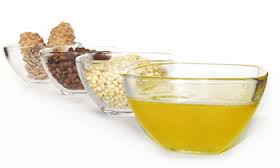 Coconut oil
Coconut oil
- In spite of being high in saturated fat (92%), coconut oil has been shown to have myriad health benefits owing to its high content of Lauric Acid, which lowers LDL (bad cholesterol).
- Coconut oil is also preferred for high heating and frying in Indian cuisines due to its high heat resistance property and distinct flavour.
- Apart from coconut oil, Indian cuisine also uses mustard oil for frying.
Canola Oil
- A high smoke point of 242 degrees Celsius makes it optimal for frying, sautéing and grilling.
- Loaded with Omega 3, 6 and 9 fatty acids, it raises the level of HDL (good cholesterol).
- Its neutral taste and light texture is good for salad dressings as well.
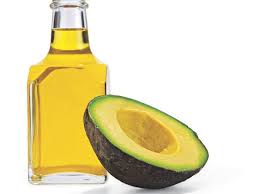
Avocado Oil
- Teeming with monounsaturated fatty acids with some amount of saturated and polyunsaturated mixed in, avocado oil can be used as an olive oil substitute.
Seed Oil
- Like sunflower and flax- both of these are known to be healthy oils and can be used in variety of cuisines.
- Sunflower oil has Vitamin E and Omega 6 fatty acid which makes it worth using.
- While Flax has Omega 3 and Alpha Linolenic Acid(ALA) which makes it unsuitable for cooking, but good for dressing.
Nut oil
- Like walnut, macadamia- walnut oil is not suitable for cooking but macadamia nut oil can be used as another substitute of olive oil as it is high in monounsaturated fatty acids.
Groundnut Oil
- This oil can be used in different forms of cooking like frying, grilling and seasoning.
- Its high content of mono and polyunsaturated fats, raises HDL and lowers LDL.
- Also, groundnut oil is a good source of Vitamin E which keeps skin healthy and glowing.
Other oils worth mentioning is corn oil, soybean oil and sesame oil. All of these should be used in lesser quantities hence good for dressing and greasing your pan.
